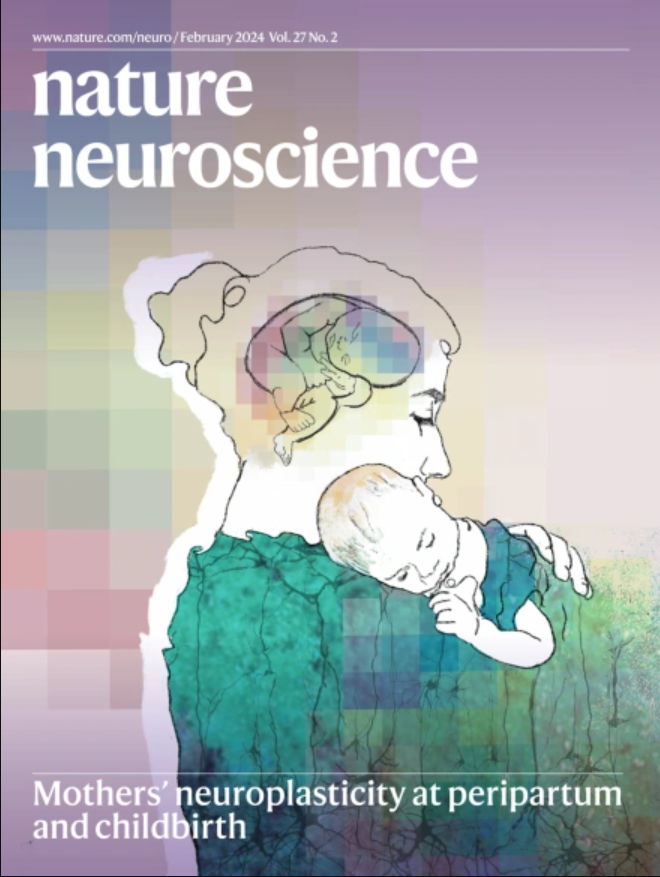多巴胺教什么取决于大脑相信什么
IF 20
1区 医学
Q1 NEUROSCIENCES
引用次数: 0
摘要
大脑是如何学会预测奖励的?在本期的《自然神经科学》中,Qian、Burrell等人表明,要理解多巴胺如何引导学习,需要了解动物如何解释任务——它们认为发生了什么以及何时发生。通过谨慎地操纵线索-奖励偶然性,作者表明多巴胺反应跟踪信念状态奖励预测错误。这些发现再次证实了中边缘多巴胺神经元的信号预测误差与时间差异学习规则是一致的,这是连接神经科学和人工智能的核心算法。本文章由计算机程序翻译,如有差异,请以英文原文为准。

What dopamine teaches depends on what the brain believes
How does the brain learn to predict rewards? In this issue of Nature Neuroscience, Qian, Burrell et al. show that understanding how dopamine guides learning requires knowledge of how animals interpret tasks — what they believe is happening and when. By carefully manipulating cue–reward contingencies, the authors show that dopamine responses track belief-state reward prediction errors. These findings reaffirm — against recent challenges — that mesolimbic dopamine neurons signal prediction errors in line with the temporal difference learning rule, a core algorithm that bridges neuroscience and artificial intelligence.
求助全文
通过发布文献求助,成功后即可免费获取论文全文。
去求助
来源期刊

Nature neuroscience
医学-神经科学
CiteScore
38.60
自引率
1.20%
发文量
212
审稿时长
1 months
期刊介绍:
Nature Neuroscience, a multidisciplinary journal, publishes papers of the utmost quality and significance across all realms of neuroscience. The editors welcome contributions spanning molecular, cellular, systems, and cognitive neuroscience, along with psychophysics, computational modeling, and nervous system disorders. While no area is off-limits, studies offering fundamental insights into nervous system function receive priority.
The journal offers high visibility to both readers and authors, fostering interdisciplinary communication and accessibility to a broad audience. It maintains high standards of copy editing and production, rigorous peer review, rapid publication, and operates independently from academic societies and other vested interests.
In addition to primary research, Nature Neuroscience features news and views, reviews, editorials, commentaries, perspectives, book reviews, and correspondence, aiming to serve as the voice of the global neuroscience community.
 求助内容:
求助内容: 应助结果提醒方式:
应助结果提醒方式:


